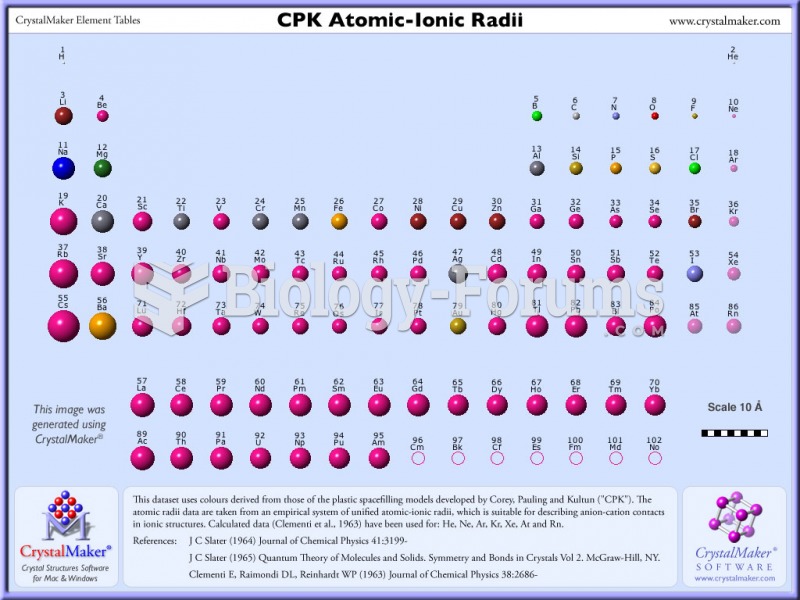|
|
|
The people with the highest levels of LDL are Mexican American males and non-Hispanic black females.
People about to have surgery must tell their health care providers about all supplements they take.
Increased intake of vitamin D has been shown to reduce fractures up to 25% in older people.
Not getting enough sleep can greatly weaken the immune system. Lack of sleep makes you more likely to catch a cold, or more difficult to fight off an infection.
The top 10 most important tips that will help you grow old gracefully include (1) quit smoking, (2) keep your weight down, (3) take supplements, (4) skip a meal each day or fast 1 day per week, (5) get a pet, (6) get medical help for chronic pain, (7) walk regularly, (8) reduce arguments, (9) put live plants in your living space, and (10) do some weight training.







